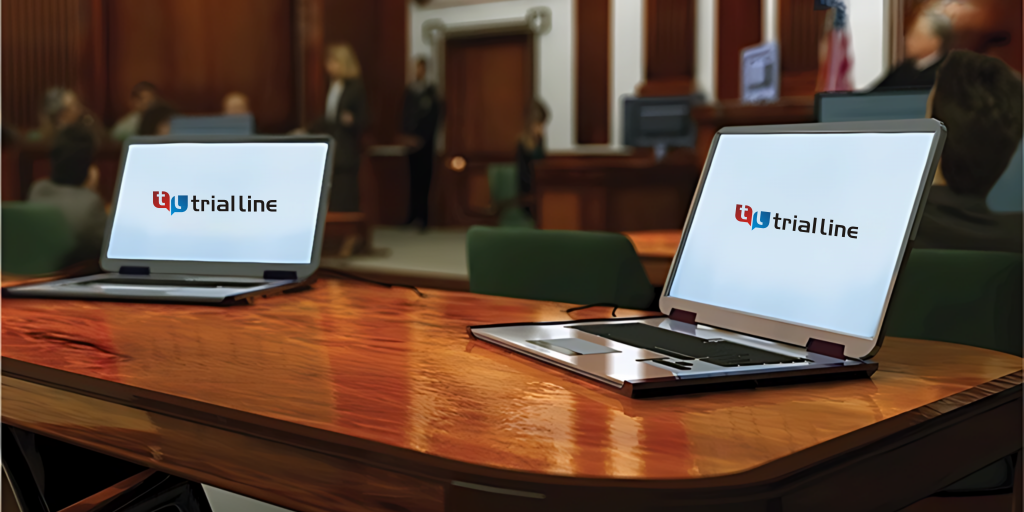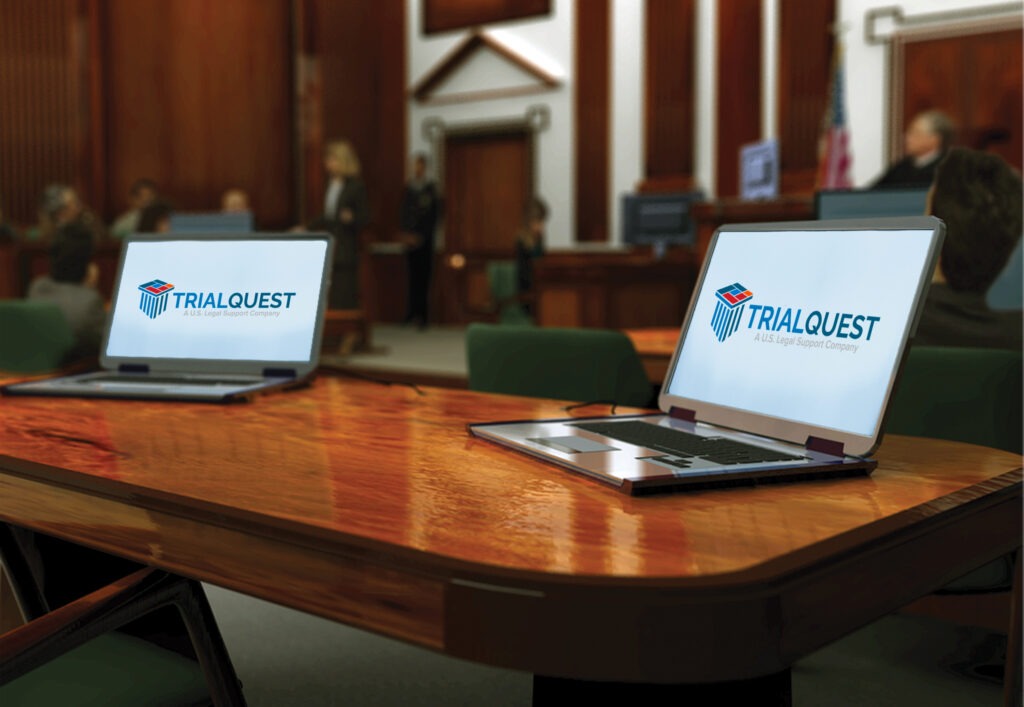Well-crafted trial presentations can make a difference in legal proceedings.
Well-crafted trial presentations can make a difference in legal proceedings.
Blog Article
How Test Presentations Enhance Your Disagreement and Persuade Jurors
Test discussions serve as a critical system for enhancing lawful debates and persuading jurors. The strategic usage of visuals not just clears up complicated info yet likewise catches jurors' attention extra efficiently than words alone.

Importance of Visual Help
Visual aids play a critical function in enhancing the performance of trial presentations, as they can significantly boost audience engagement and retention of information. In the context of a trial, where jurors are entrusted with processing complex details, aesthetic help offer to simplify and clarify vital points. Charts, charts, and photos can communicate data and ideas that may or else overwhelm or puzzle jurors, enabling a more simple understanding of the evidence presented.
Moreover, aesthetic aids help in maintaining juror focus throughout the proceedings. By breaking the monotony of verbal testimony, these tools can stress essential disagreements, making them more unforgettable. Effective aesthetic help can additionally evoke psychological reactions, which can be crucial in encouraging jurors to align with the speaker's narrative.

Crafting Engaging Narratives
A compelling narrative is important in trial discussions, as it works as the foundation of reliable persuasion. It enables lawyers to weave together realities, proof, and psychological components right into a meaningful tale that reverberates with jurors. This narrative structure allows jurors to understand the intricacies of the case while directing them with the lawyer's argument.
To craft an engaging narrative, attorneys ought to concentrate on clarity and comprehensibility. This involves establishing a clear lead character-- commonly the customer-- and detailing their journey via the events in question. Providing the realities in a logical series enhances comprehension and keeps engagement. In addition, the use of dazzling summaries can create mental pictures that help jurors envision the events, making the narrative a lot more remarkable.
In addition, integrating vital motifs throughout the discussion strengthens the core message and aids in retention - trial presentations. The story ought to not just communicate information however also stimulate a sense of justice, highlighting the stakes involved. Inevitably, a well-constructed story promotes a link between the jurors and the situation, positioning the attorney's argument as both credible and compelling, thus enhancing the likelihood of a beneficial decision

Engaging the Court Emotionally
Effective court interaction pivots on the attorney's ability to attach with jurors on a psychological level. This connection can substantially affect jurors' assumptions and their utmost decision-making.
Aesthetic aids, such as photographs or videos, can further boost psychological involvement, supplying jurors click over here now with dazzling representations of the case's human components. Crafting a story that highlights the struggles and triumphs of the people entailed makes certain that jurors see beyond the legal debates and recognize the human effects of their choices.
An attorney's passionate shipment can reverberate with jurors, enhancing their emotional financial investment in the case. It's vital to stabilize emotional charms with accurate proof, making sure that jurors really feel forced to act while staying based in the fact.
Structuring Your Presentation

The body of the presentation need to be realistically fractional into key points, each sustained by engaging evidence. It is beneficial to use narration methods to weave realities into a story that jurors can conveniently comply with. Visual aids, such as charts and videos, can boost comprehension and interaction, assisting to highlight crucial items of evidence.
Real-World Study
Analyzing real-world study gives very useful insights into the art of trial discussions and persuasion. For instance, the landmark instance of "O.J. Simpson v. The People of The golden state" illustrates exactly how aesthetic aids and engaging stories can sway court assumptions. The defense group effectively used a method that incorporated top-level professional testaments with multimedia presentations, which mesmerized jurors and eventually affected their choice.
Another remarkable instance is the "McDonald's Coffee Situation," where the complainant's attorneys used visuals photos of the injuries endured by Stella Liebeck. trial presentations. This stark aesthetic proof played an essential function in sharing the intensity of her burns, bring about a significant jury award. Such situations show that impactful test discussions commonly best site pivot on the reliable assimilation of visuals and storytelling to stimulate psychological responses from jurors
Additionally, the "Casey Anthony Test" a knockout post highlighted the importance of narrative comprehensibility and credibility. The prosecution's failing to develop a compelling timeline reduced their influential power, emphasizing the need of a well-structured discussion. Analyzing these cases discloses that effective test discussions call for strategic preparation, psychological engagement, and the ability to resonate with jurors' values and beliefs.
Conclusion
Trial presentations substantially improve arguments and encourage jurors via the calculated use visual help, compelling stories, and emotional interaction. By streamlining intricate information and cultivating links with the target market, these components produce a remarkable and impactful experience. A well-structured presentation balances emotional charms with accurate evidence, inevitably reverberating with jurors' values. The integration of these techniques not only influences decision-making but also underscores the relevance of reliable communication in the court.
Report this page